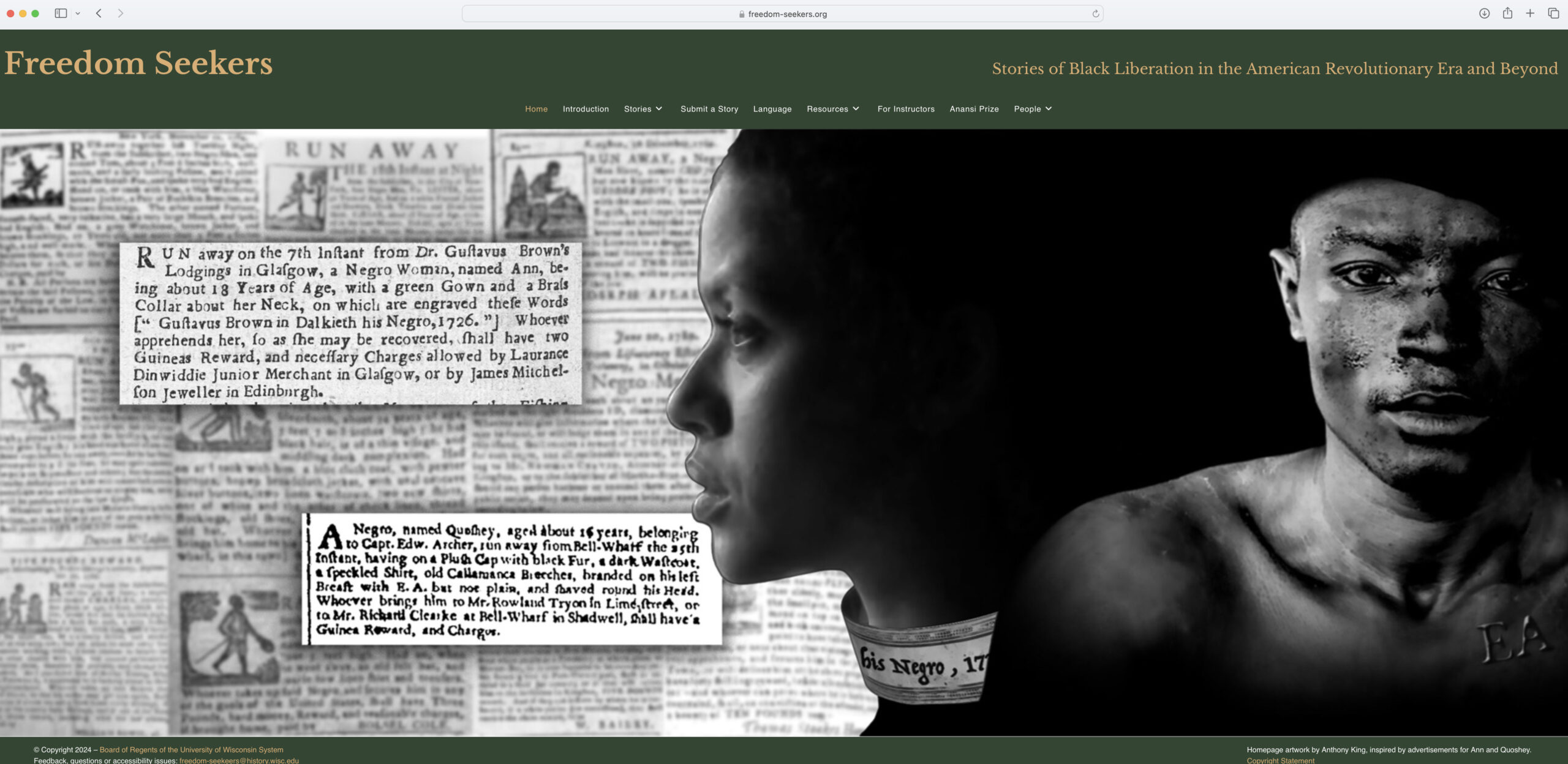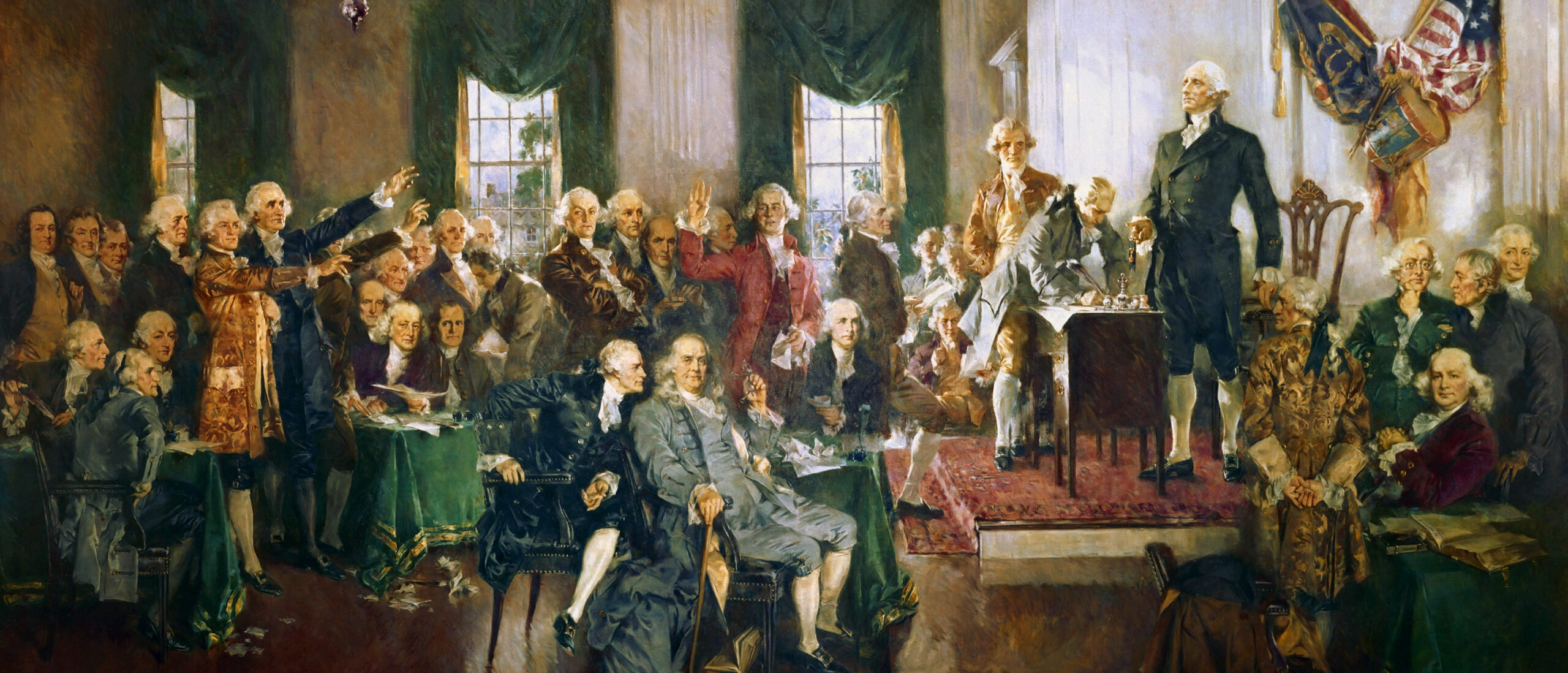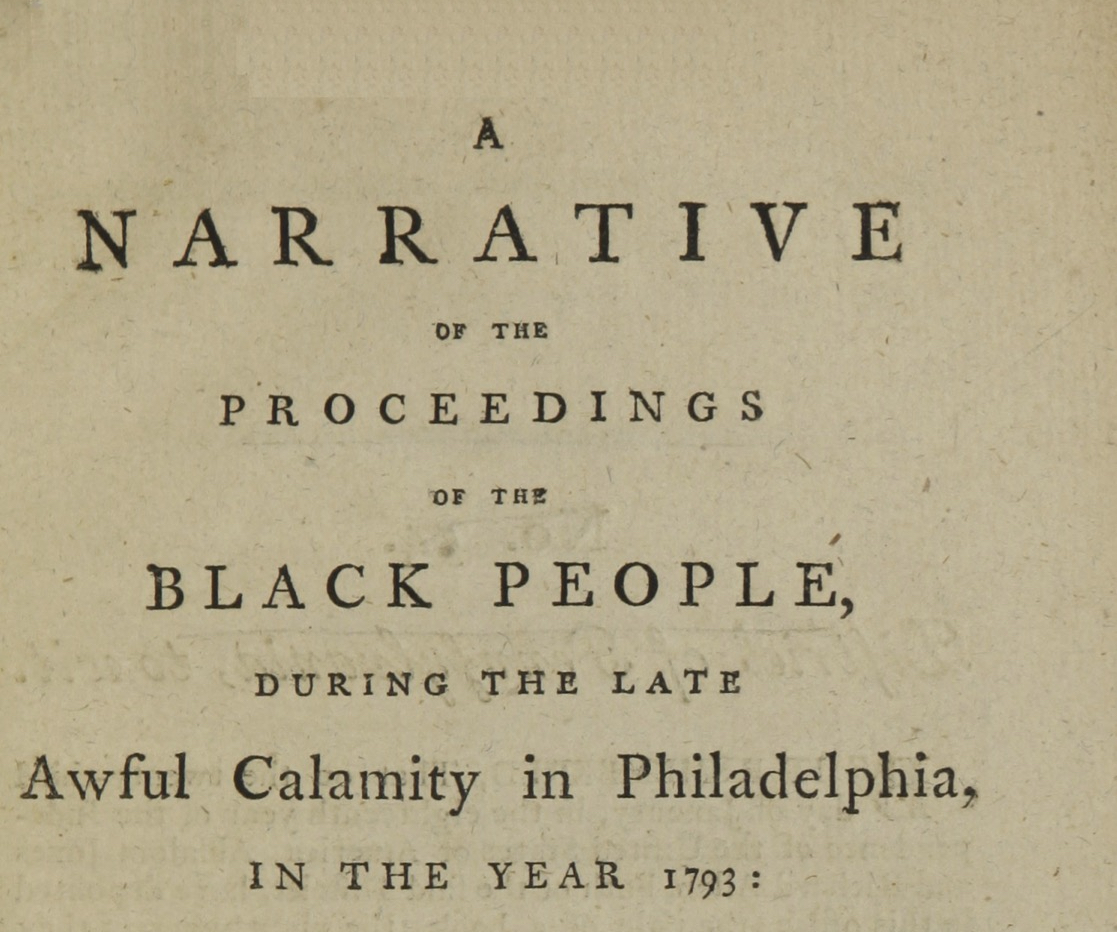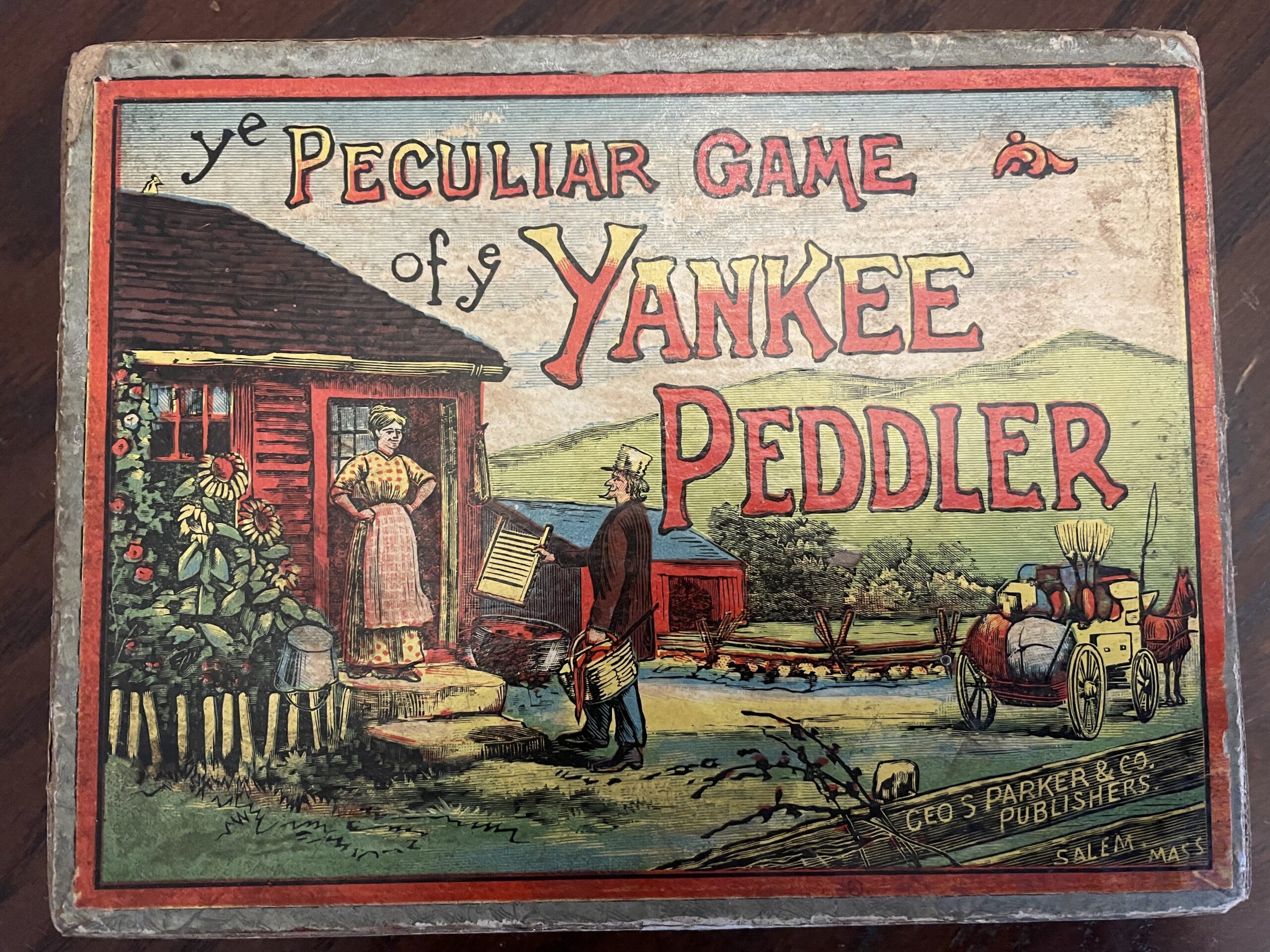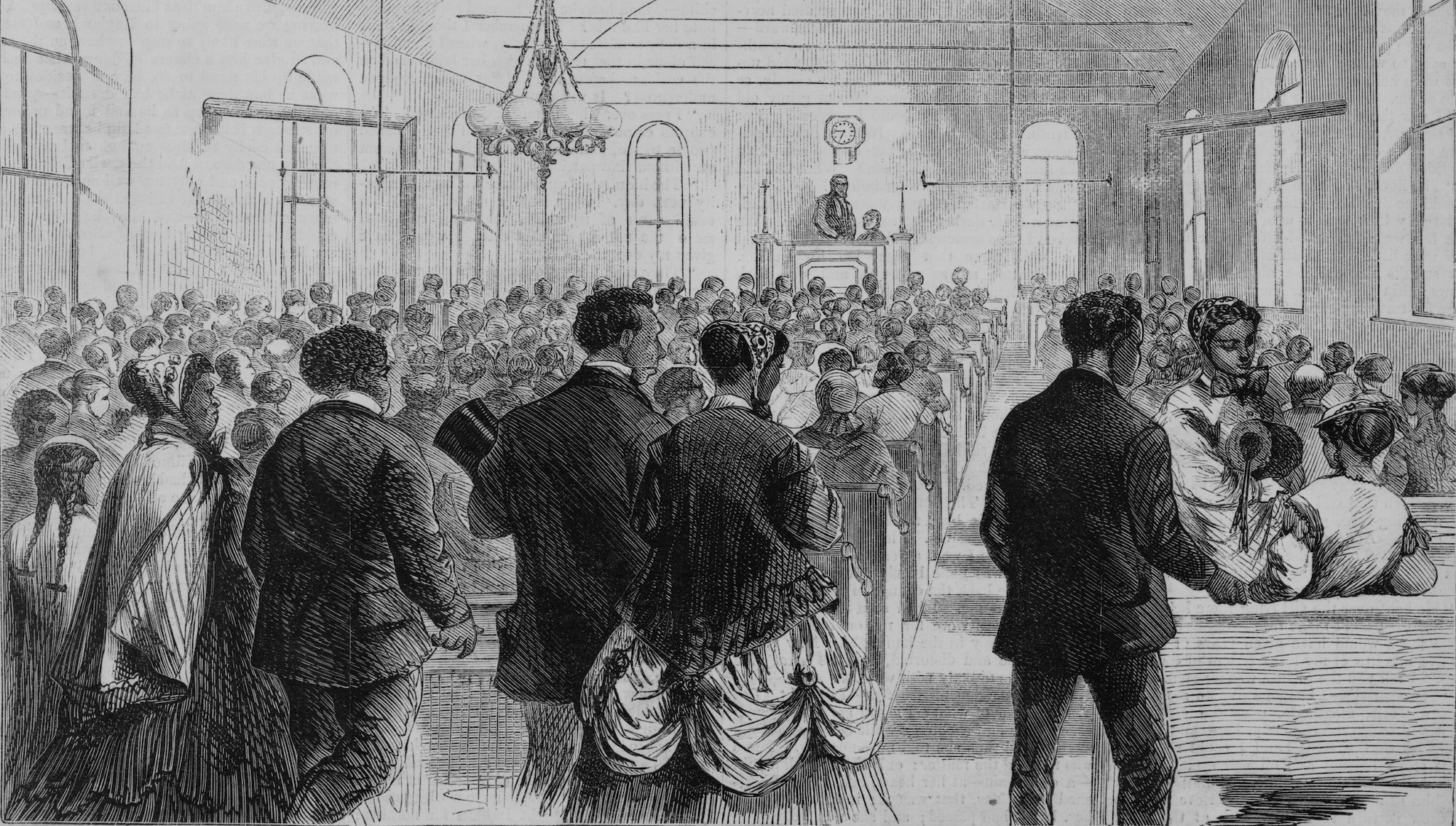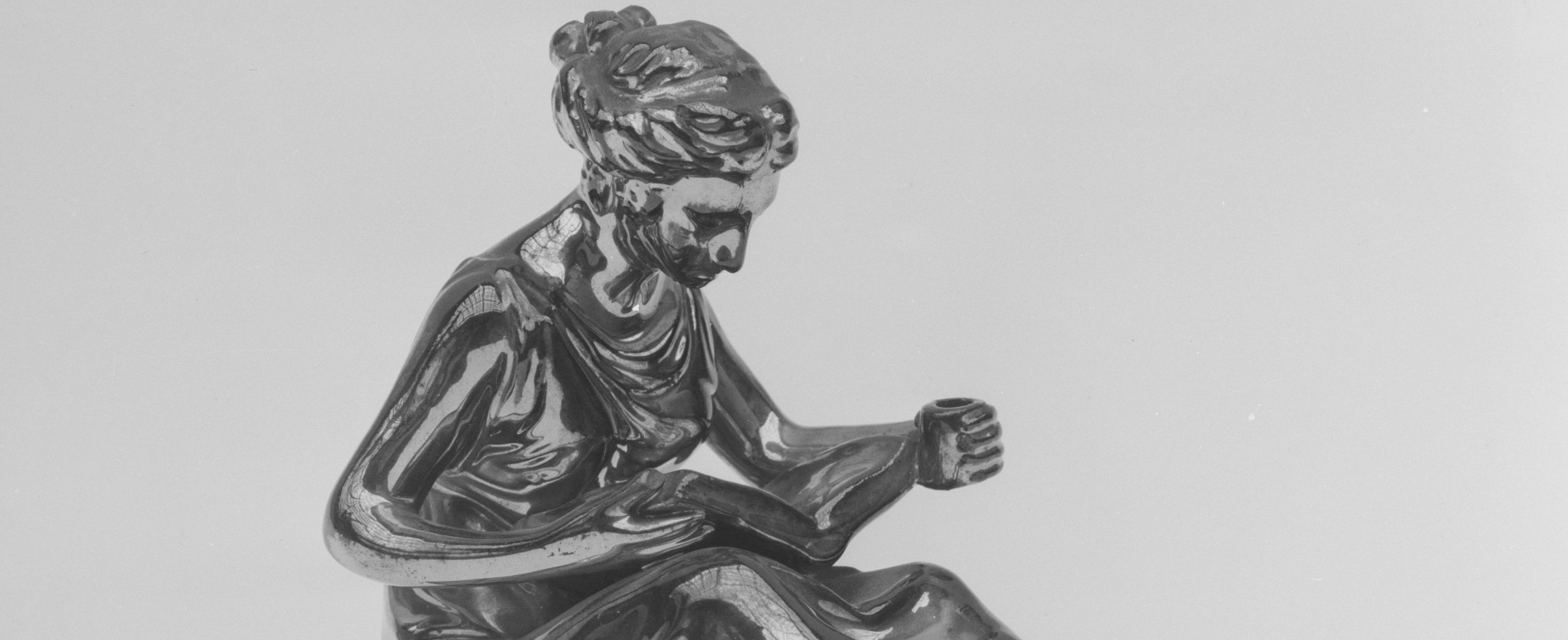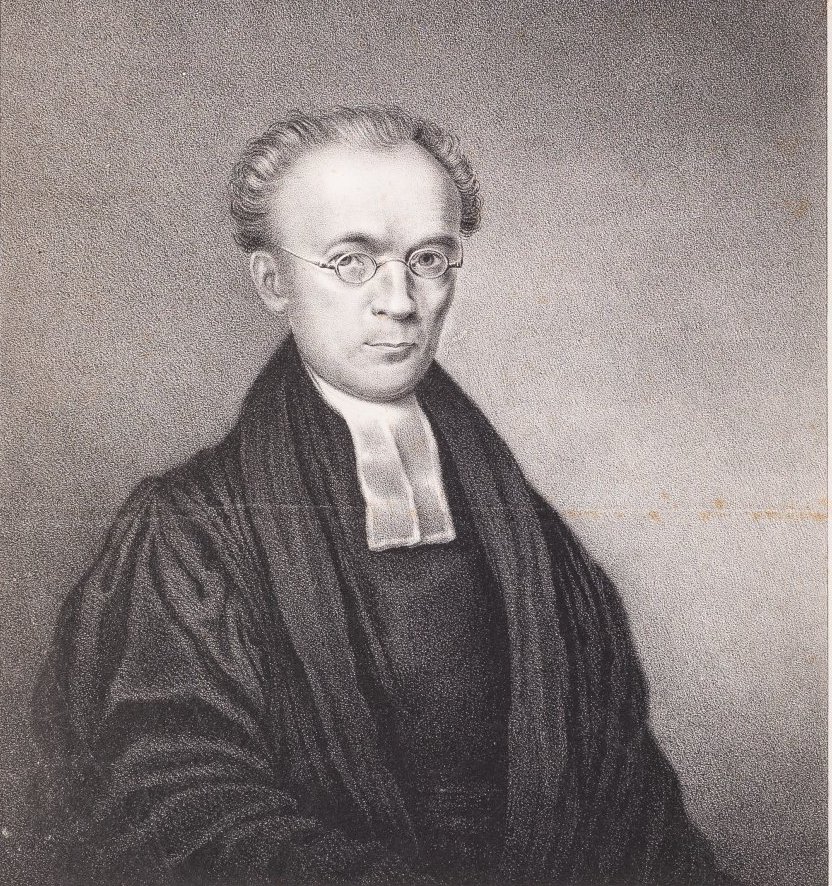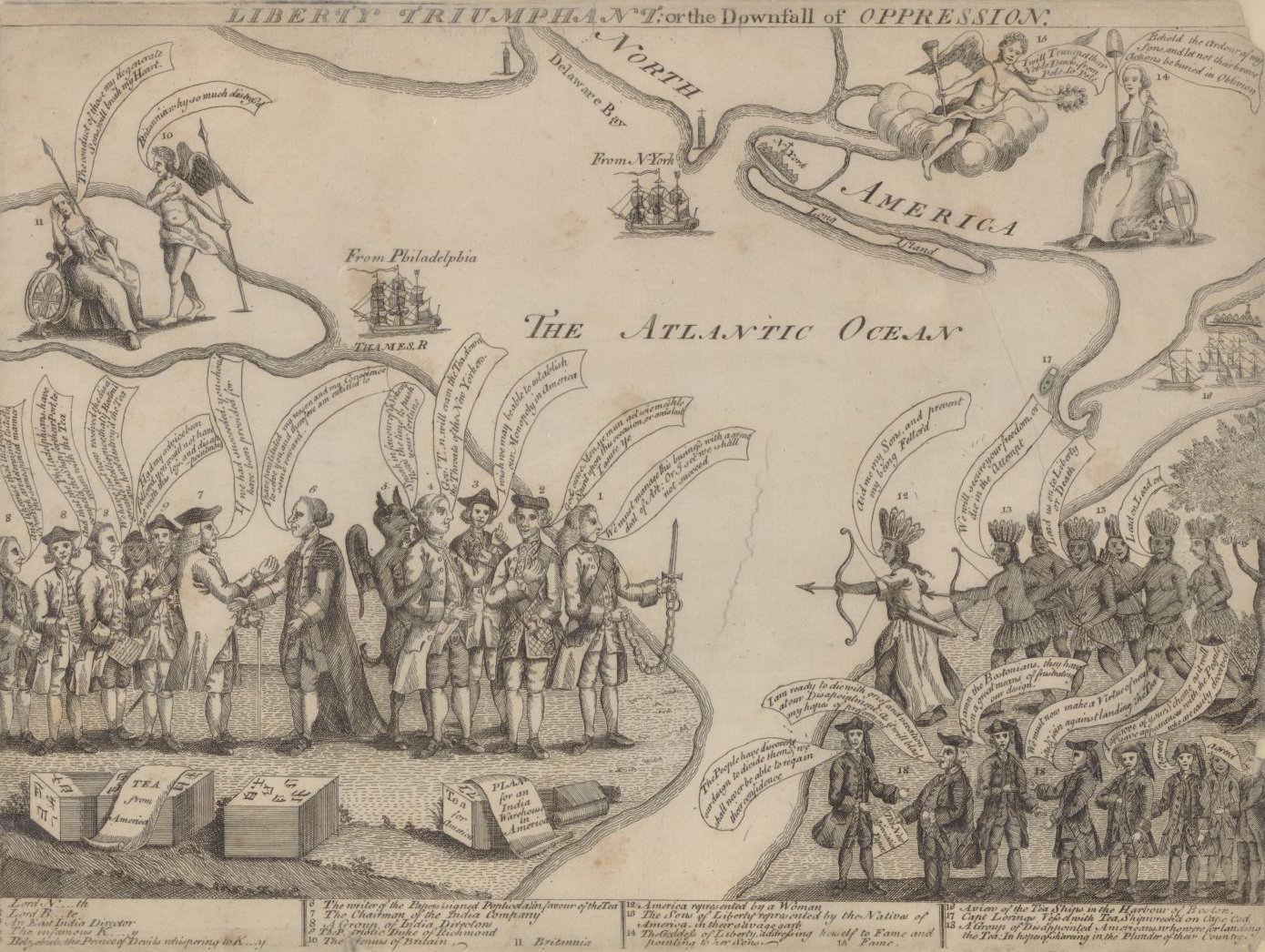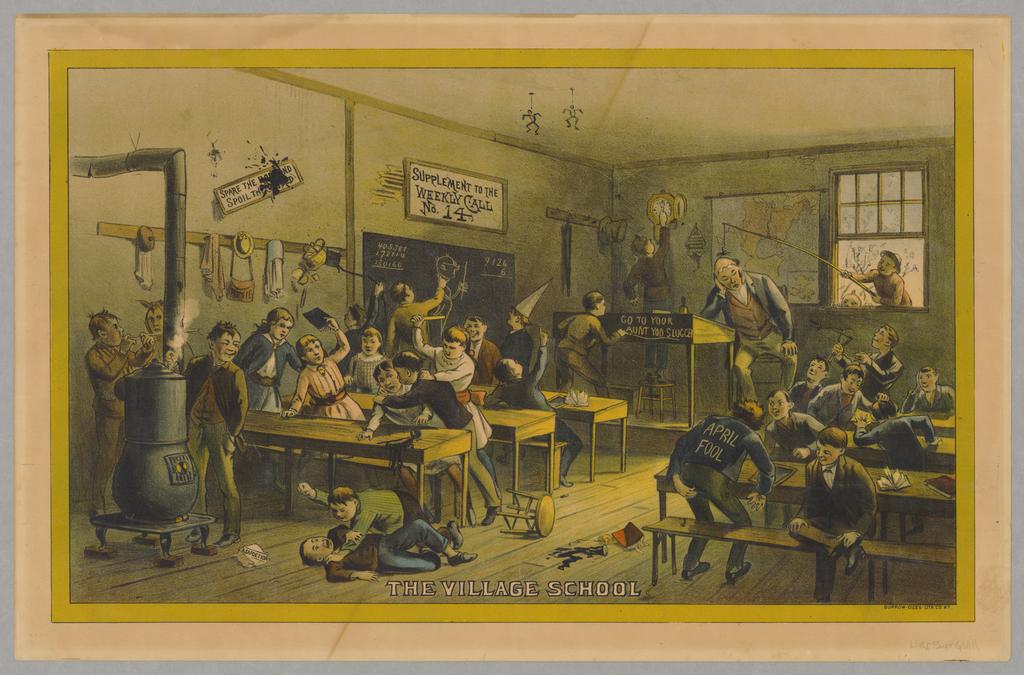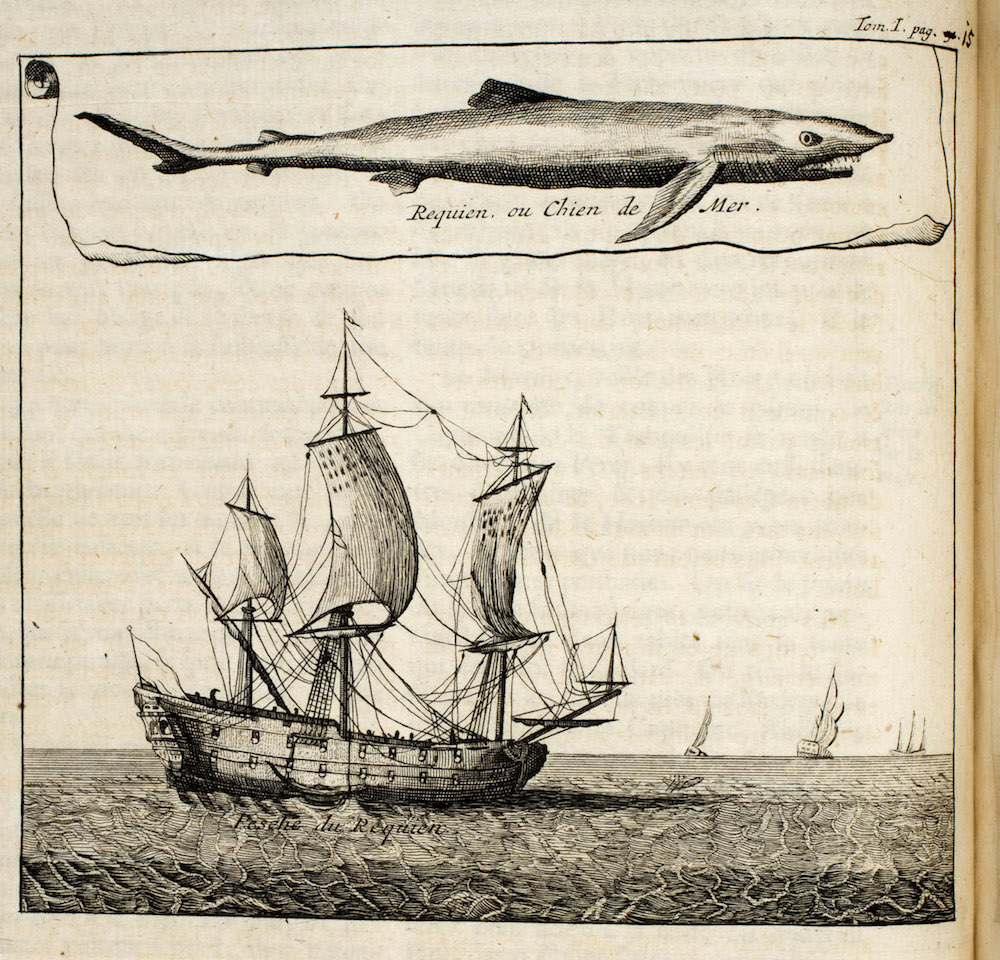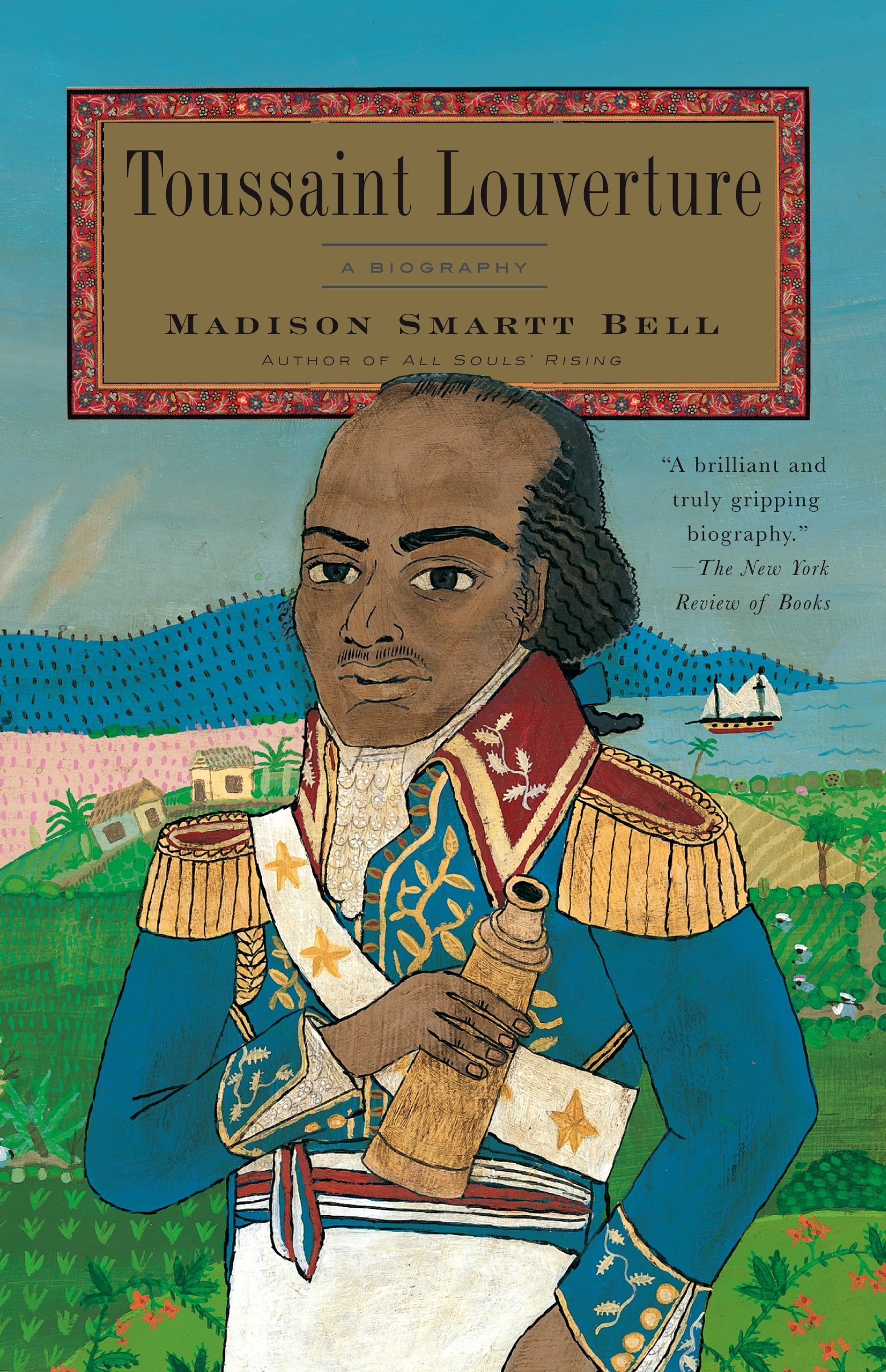Death and dying in American culture
In Awaiting the Heavenly Country (2008), Mark S. Schantz takes account of “the Civil War and America’s culture of death.” Common-place asked him what the “death-denying” culture of the contemporary United States might learn from the “death-embracing culture” of our nineteenth-century forebears?
Are American attitudes toward death and dying on the move again? Ever since the publication of Philippe Ariès’s highly influential Western Attitudes toward Death: From the Middle Ages to the Present (1974), it has been canonical to see much of the West, and particularly the United States, as engaged in an effort to make the presence of death “forbidden” in public discourse and practice. Despite the work of historians such as Gary Laderman (see particularly his work Rest in Peace: A Cultural History of Death and the Funeral Home in Twentieth Century America [2003]), it is still possible to imbibe deeply the notion that we Americans are death-deniers without peer. We embalm our dead to make them appear alive. We cloak the language of death with terms such as “passed away,” the “loved one,” or “the departed”—conducting funerals as though we could have a “memory picture” of the deceased without the end of life. There are developments afoot, however, that might suggest a more complicated dance with death is emerging in contemporary America.
A few weeks ago my wife and I saw the 2009 HBO film Taking Chance. Based on the reflections of United States Marine Lieutenant Colonel Michael Strobl (played brilliantly and painfully by Kevin Bacon), the film is both restrained and enormously powerful, a reflection on soldierly death for a modern age. It follows Lieutenant Colonel Strobl as he accompanies the body of Lance Corporal Chance Phelps home to the majestic landscape of Wyoming from the desert warfare of Iraq. This is a modest film, tightly constructed and narrowly focused. But it works because it captures so many small details with accuracy. A body packed in black ice bags before being nestled in a metallic transfer case that is flown home to Dover Air Force base in Delaware. The work of compassionate military mortuary technicians who scrub each finger nail; who clean with a jeweler’s precision a watch, dog tags, and a Saint Christopher’s medal; and who dress the dead soldier in crisp dress blues. At each stage of the prepared body and its casket’s flight home, we catch a glimpse of the honor the corpse receives and of the psychological cost paid by Lieutenant Colonel Strobl who tenders it. Here is a film that insists on a reality many Americans continue to ignore: our wars in Iraq and Afghanistan necessitate that soldiers die.
Until a recent policy shift signaled by the Obama administration, it was a matter of Defense Department policy (upheld by administrations Democratic and Republican alike) that the public be shielded from this obvious fact. Implemented on February 2, 1991, in the context of the first Gulf War, the Department of Defense issued what has since become known as the Dover Ban: “Media coverage of the arrival of remains at the port of entry or at the interim stops will not be permitted …” (Public Affairs Guidance—Operation Desert Storm, Casualty and Mortuary Affairs, Office of the Secretary of Defense, Arlington, Virginia, February 2, 1991). Fearing massive numbers of American casualties during Desert Storm and the fallout this might wreak on home-front morale, the Defense Department was understandably concerned to keep the dead soldiers from public view. The history of the Dover Ban itself is a tortured affair, subject to deep misunderstanding (including the notion that the ban itself was an executive order issued by President George H. W. Bush, which it apparently was not), dotted with peculiar exceptions (such as the Defense Department’s decision to distribute to the press photos showing the caskets bearing the remains of those killed on the USS Cole in 2000), and punctuated by legal actions challenging its legitimacy. Often these debates hinge on issues of family privacy, government expediency, and the language of individual or constitutional rights: we have a First Amendment right to see these caskets—so the arguments run—the right to report on military families, the right to understand. This is mostly an abstract conversation about the rights of individuals understood in relationship to the rights of nation states. It is not primarily a discussion about the certainty of death in warfare, nor does it consider the proper way to treat “the honored dead.” Ironically, even the debate on the Dover Ban skirts the fundamental issue that drives it—the reality that warfare kills.
Given what I have learned in the process of researching and writing Awaiting the Heavenly Country, I suspect that our Civil War ancestors would have been profoundly perplexed by the Dover Ban and its attendant debate, and they would be even more puzzled by our modern skittishness about death. While our own culture shields itself from the prospect of death, our nineteenth-century forebearers embraced it. They lived in a world afflicted by high infant mortality rates and by life expectancies closer to those of medieval Europe than to our own day. The scourges of smallpox, yellow fever, and consumption demanded that antebellum Americans confront their own mortality. The Civil War generation engaged, too, in serious and learned speculation on the heavenly realms that would await them—filled with friends, family, awe, wonder, and transcendent beauty. The rural cemeteries they built ensured that posterity would remember the great deeds of their lives, as their descendents strolled with “melancholy pleasure” (as Justice Joseph Story phrased it) along meandering and romantic paths. Death percolated as the major subject of interest in the arts as well, celebrated in poetry and literature, painting, and of course, postmortem photography. Aspiring folk of means, both Northern and Southern, posed with their deceased relatives (particularly their children), marking the first large-scale use of commercial photography in American culture.
The techniques and tropes of antebellum postmortem photography followed artists onto Civil War battlefields. Here the celebrated works of Mathew Brady, Alexander Gardner, Thomas C. Roche, and others portrayed American battle deaths in no uncertain terms. Of course, the Civil War photographers meticulously posed their subjects for aesthetic and moral effects, helping their audiences to cope with mass death by creating the visual legerdemain that, in most cases, men died as whole and recognizable human beings. Such practices might lead one to argue that even our Civil War ancestors needed some assurance that the war was not as terrible as they knew it to be. Is it possible to trace our modern urge to camouflage the reality of warfare to the generation that fought the Civil War?
But the bodies captured by Mathew Brady and his colleagues, however manipulated, are indeed dead. The message is clear: men die in warfare. And it was precisely these images of the battlefield dead that were the subject of great popular interest as evidenced by Brady’s famous “Dead of Antietam” exhibit in New York City in the fall of 1862. The dead bodies taught lessons to the living. As the New York Times observed, the fallen soldiers served “to teach the world that there are truths dearer than life, wrongs and shames more to be dreaded than death.”
The Civil War public’s consumption of images of dead soldiers puts them at arm’s length from us. Is it even remotely possible for us to imagine an exhibit opening in a major gallery in New York City titled the “Dead of Fallujah” consisting of portraits of dead Americans troops? The nimbleness of our technology, the sweep of the Internet, makes this option immediately available. Compared to the clunky and time-consuming process needed to create photographs during the Civil War, our own abilities trump time and space in an instant. For all of our prodigious means, though, it is utterly impossible to think our way into such an exhibit. Displaying the images of dead bodies in Iraq would, I suspect, be deemed a violation of privacy, disrespectful, and unpatriotic—to list only a few of the many probable objections. One imagines street protestors, highly charged Congressional hearings, shrill exclamations from the media (including the New York Times), arrests, and worse. For us, glimpsing the quiet dignity of a flag-draped casket is deemed an unspeakable violation, much less the artful rendering of a soldier’s corpse.
Let’s look again. Is there something that we might profitably learn from the generation that fought the American Civil War? Can we restrain ourselves from thinking them ghoulish, immature, or pandering, long enough to gain some critical distance on our own attitudes and practices? Put simply, is there anything to be gained from reflecting on the nineteenth century’s embrace of death?
Were we to consider our Civil War ancestors anew, we would be reminded that war is indeed hell. There is no way to paper over its consequences. The 620,000 troops who died in that conflict (out of a population of just over 30 million) would amount to some 6 million deaths if reckoned as a proportion of today’s population (just over 300 million). One might conclude that the Civil War generation had no other option than to account for and interpret the meaning of death on such an enormous scale. But the testimony of the Civil War, if there is one, is that war of any scope means suffering, death, and loss. Maimed at Antietam, blinded at Chickamauga, hobbled at Atlanta, gone mad at Cold Harbor—men returned home bearing physical witness to the carnage they had endured. Their wounds were public injuries as well as private tragedies, terrible consequences with which the body politic had to wrestle. Ultimately, the Civil War generation would remind us, war leaves no room for denial. The Obama administration’s questioning of the “Dover Ban” may well be a step toward public recognition of that fact.
But there is more. It may well be easy for armchair pundits to cast our “enemies” in the so-called war on terror as death-seeking fanatics, to see in Iraq and Afghanistan the unassailable evidence for a “clash of civilizations,” to categorize our adversaries as the unrecognizable “other.” Animated by visions of paradise beyond the grave, our opponents consider earthly death merely a passage to a more glorious eternal life. The Civil War reminds us that Americans across this evangelical nation, too, have celebrated death as the road to celestial bliss. Think of little Eva’s passing in Harriet Beecher Stowe’s novel Uncle Tom’s Cabin. Or think of Sarah Gould of Boston, whose 1857 treatise The Guardian Angel insisted that “we believe Paradise to be our fatherland” complete with the “innumerable company of martyrs, crowned on account of their victories in the conflict of suffering” and populated with “pure virgins” and the “blessed poor.” (Are these not the words of an Islamic extremist?) Or consider Stonewall Jackson’s comments that he did not expect to outlive the Civil War, nor did he have any particular wish to do so. Or Robert E. Lee’s own flirtations with death during the fighting in 1864 around Spotsylvania Courthouse. If we listen closely to the voices of the Civil War, we may learn a terrible and discomfiting truth—that the Civil War was so bloody, so damaging, and so destructive precisely because we wanted it to be.
This article originally appeared in issue 9.4 (July, 2009).
Mark S. Schantz is the author of Awaiting the Heavenly Country: The Civil War and America’s Culture of Death (2008). Prior to this, he published Piety in Providence: Class Dimensions of Religious Experience in Antebellum Rhode Island (2000). For eighteen years, he has served as professor of American history at Hendrix College, and as of July 1, he will be assuming the role of provost at Birmingham-Southern College in Birmingham, Alabama.




